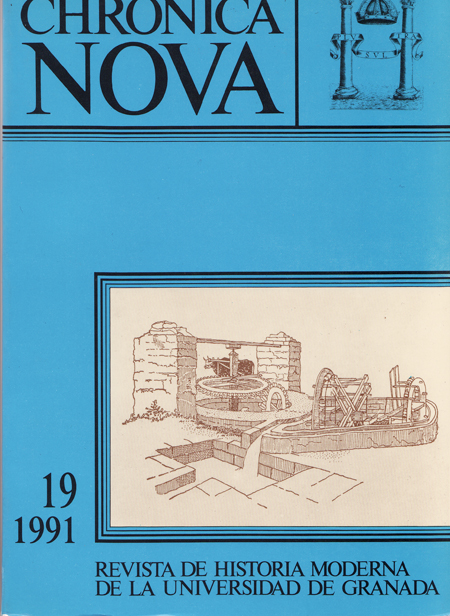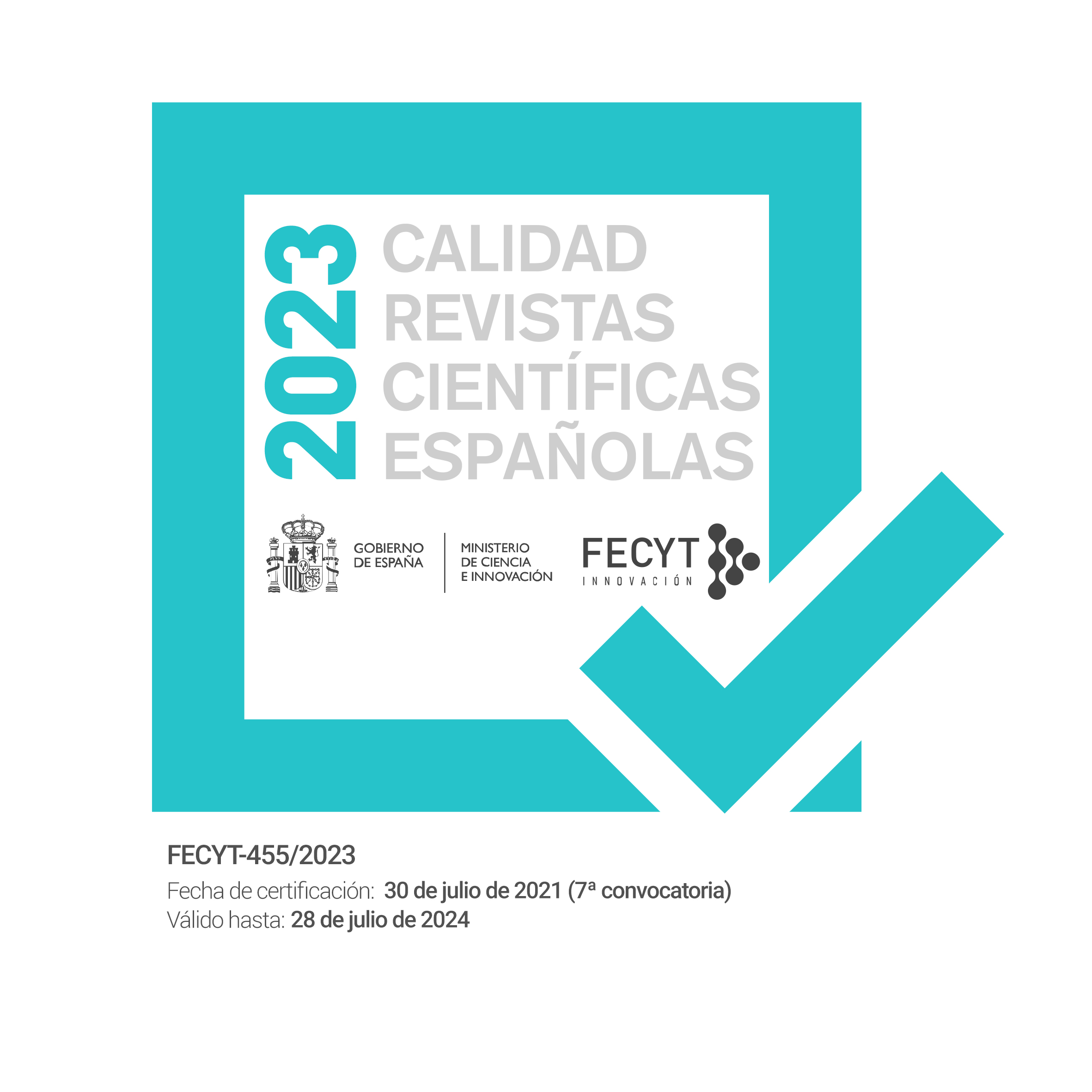Empirismo y luces en la misión cultural de Feijóo
DOI:
https://doi.org/10.30827/cn.v0i19.2760Abstract
This article intends to prove that Feijoo’s ideas pertain within the Spanish illustrated movement in their own right. Feijoo’s uniqueness is not so much due to the doctrines he defends -—even though he shows substantial differences with regards to the “novatores”— as the intention which moves them: the recovery of experience as a basic instrument for philosophical practices in the development of the modern scientific stance, with the aim of controlling nature to make her a servant of mankind. This is the idea behind a methodic thinking which rejects any systematic construction and whose aim is to criticize the great hallmarks of his time in Spain: intolerance, religious superstition and scholastic Aristotelism. These are the bases of the cultural heritage of 17th century Spain. His criticism is basically emancipating and the tool he uses his experimental reasoning. Here we have the two great vectors which have always defined any truly illustrated thinking.
Downloads
Downloads
How to Cite
Issue
Section
License
Nuestra revista se atiene a las recomendaciones para la implementación del Artículo 37 Difusión en Acceso Abierto de la Ley de la Ciencia, la Tecnología y la Innovación:
- Los/as autores/as cuyas contribuciones sean aceptadas para su publicación en esta revista conservarán el derecho no exclusivo de utilizar sus contribuciones con fines académicos, de investigación y educativos, incluyendo el auto-archivo o depósito de los artículos aceptados en repositorios institucionales o temáticos de acceso abierto de cualquier tipo en un plazo máximo de seis meses.
- Preferiblemente se permitirá el uso de la versión publicada de las contribuciones científicas, que estarán accesibles en abierto tan pronto como sea posible.
-
Que en caso de que el trabajo sea aprobado para su publicación, el/la autor/a autoriza de manera ilimitada en el tiempo a la entidad editora para que incluya dicho texto en Chronica Nova y pueda reproducirlo, editarlo, distribuirlo, exhibirlo y comunicarlo en el país y en el extranjero por medios impresos, electrónicos, CD, Internet o cualquier otro medio conocido o por conocer.






 ISSN-e: 2445-1908
ISSN-e: 2445-1908










